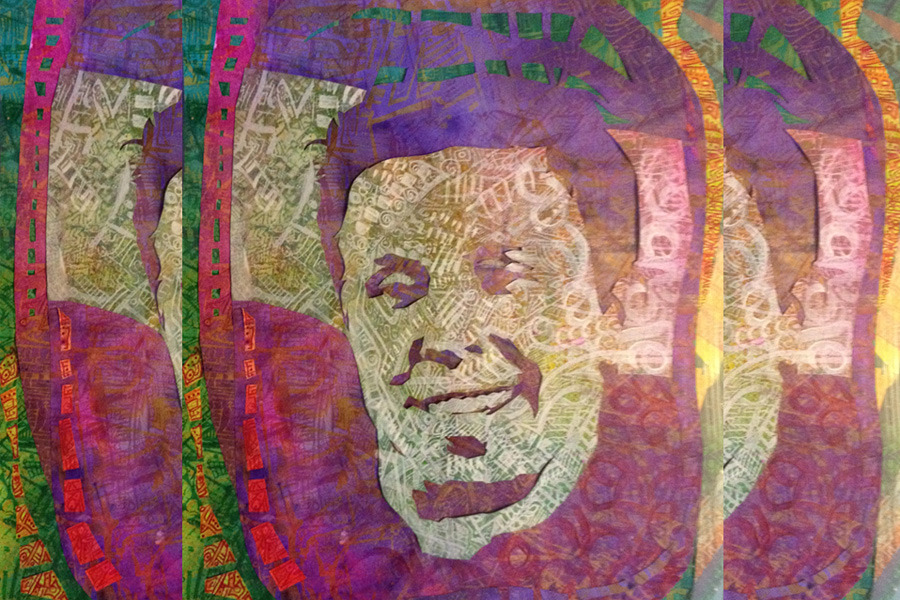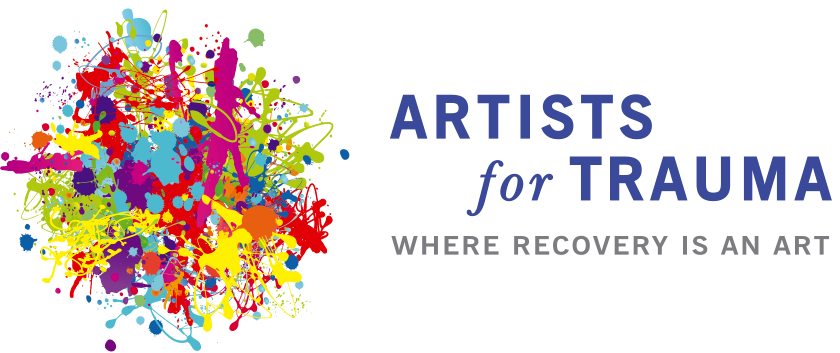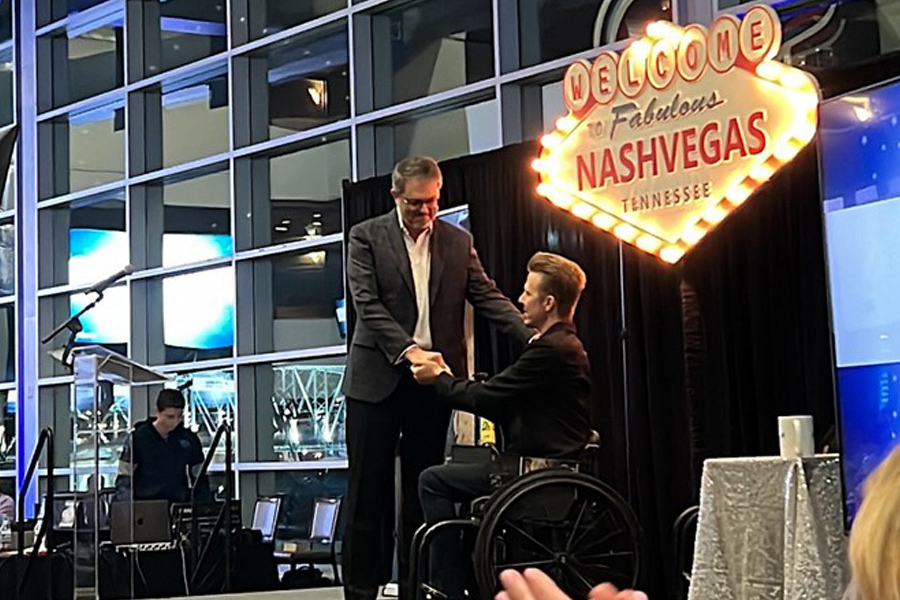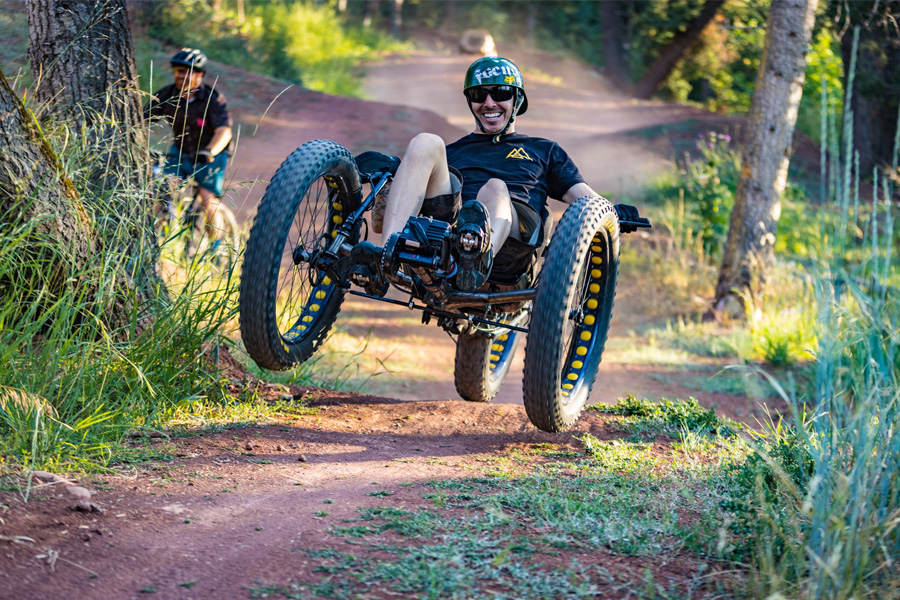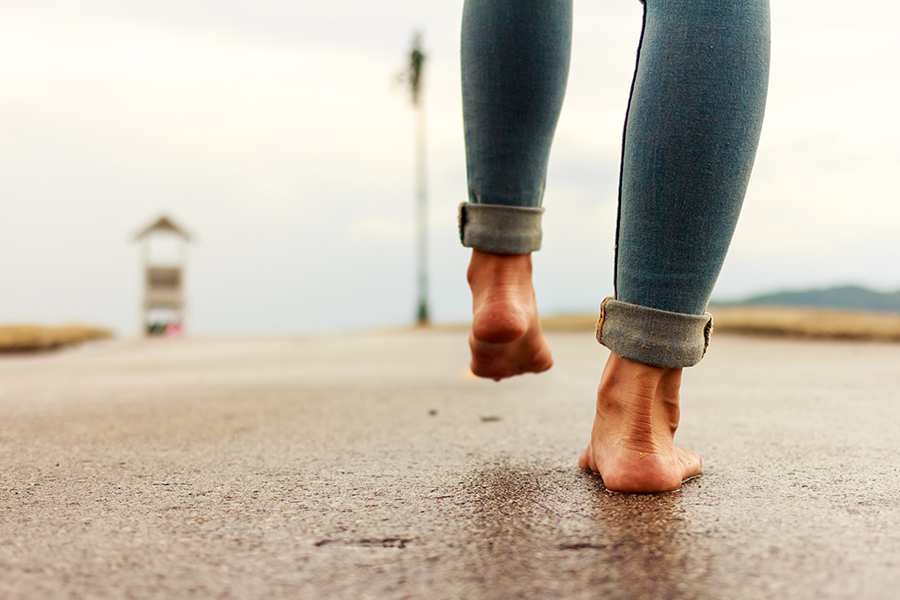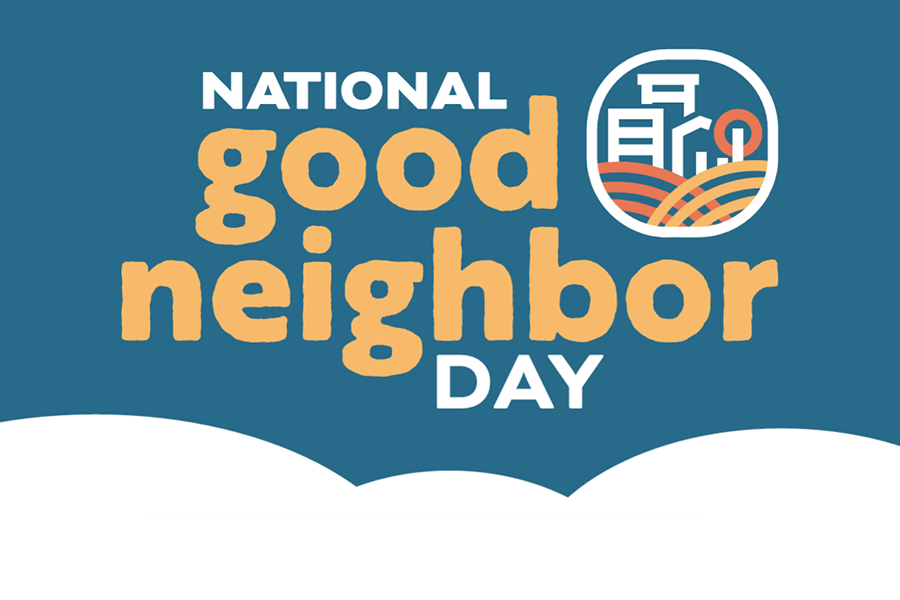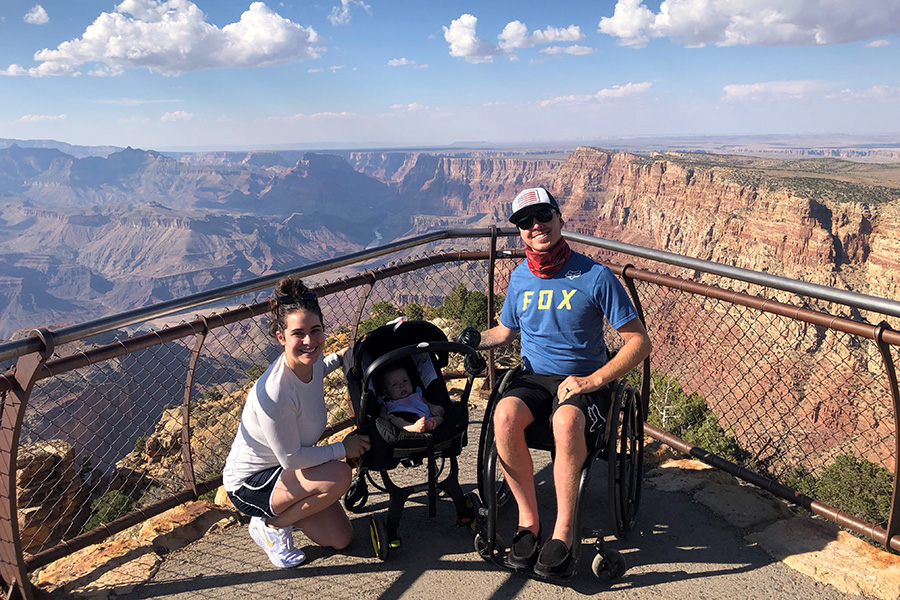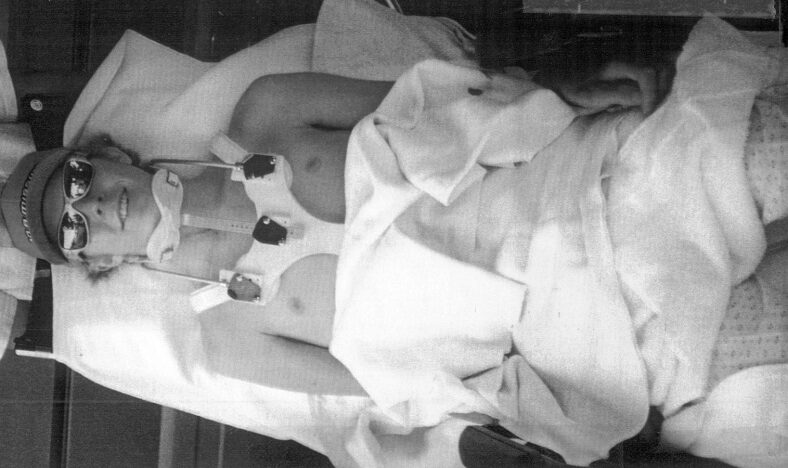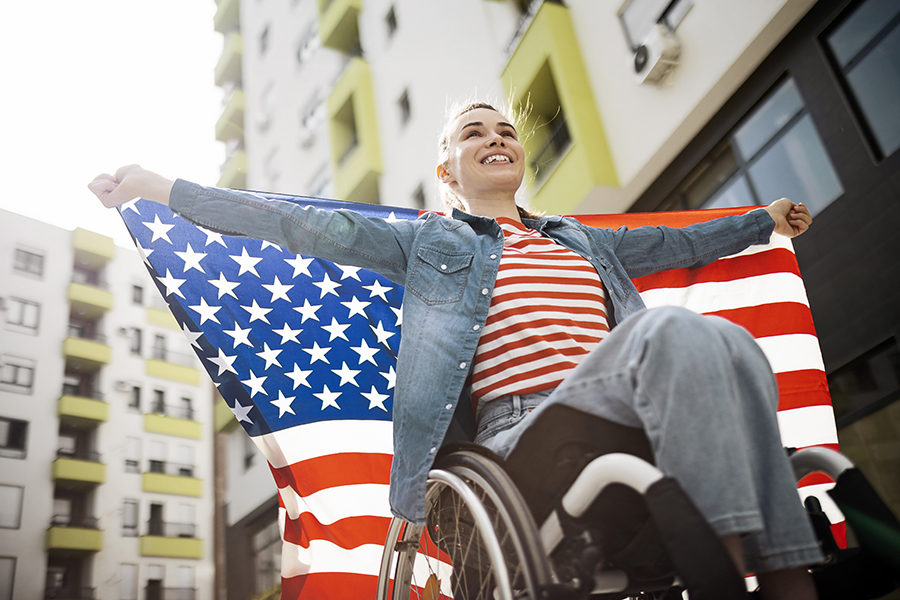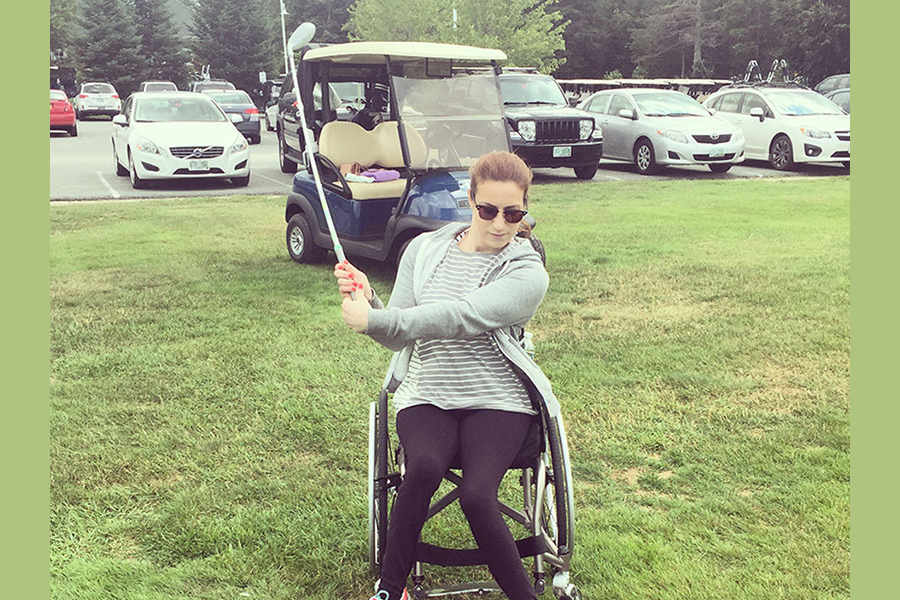Art as Therapy
Art was always a part of my life growing up. As a little boy, I loved to draw with pencils and crayons, and finger paint with watercolors, gauche or oils. Art class was the highlight of a school day. It was a time when I could fall deep into a wonderland rabbit hole, where time would stand still and my mind would wander, lost in my imagination.
The same could be said for the music I loved to play. The guitar was more than a periodic pick-a-long. It was the medium in which I found my ear and subsequent voice. I would play for hours, write my own songs and perform with friends at school functions.
Metal & wood working, gymnastics, and acting class also gave me an outlet to explore myself. A realm where troubles became color and fear floated away on sound waves and movement. I found identity in the creative process and a real sense of confidence ensued.
Unbeknownst to me at that time, the arts were therapeutic. It wasn’t until I picked up a paint brush for the first time after my accident that I remembered the joy of painting.
One year after the accident that left me a quadriplegic, I began learning how to write with my left hand. The pencil needed to be strapped or taped into my grip in order for me to scratch out a mark. I was formerly right-handed, so the challenge to write anything legible with my impaired left hand was real.
I was frustrated with my ineptness. I would balk and rebel against the monotonous occupational therapy routine, until one day a colored pen replaced the dull grey pencil I scribbled with.
In an instant, my abstract marks became beautiful. I stared at the swirls on the paper and smiled as a familiar childhood wonder overcame me.
Once again, art unlocked my imagination and released a kaleidoscope of color back into my life. I began drawing and painting. Art replaced the feeling of loss and became the expression of feelings I otherwise could not articulate.
In addition to occupational therapy, I used the paint brush to inspire a reconnection to my body – my fine-motor skills improved because of patient, delicate paint strokes on canvas. My depression lessened because I had a creative outlet to explore a newfound ability. I proudly shared my creations at art shows and exhibits and formed new relationships in the process.
My experience with the transformational power of art inspires me to now work with a talented group of artists. I sit on the board of directors for the non-profit Artists for Trauma which is dedicated to enriching the lives of both civilian and military trauma survivors. The aim is to enhance the quality of the long-term recovery process for the significantly altered trauma survivor.
If you would like to know more about art and recovery, please feel free to comment below, or visit www.artistsfortrauma.org.






